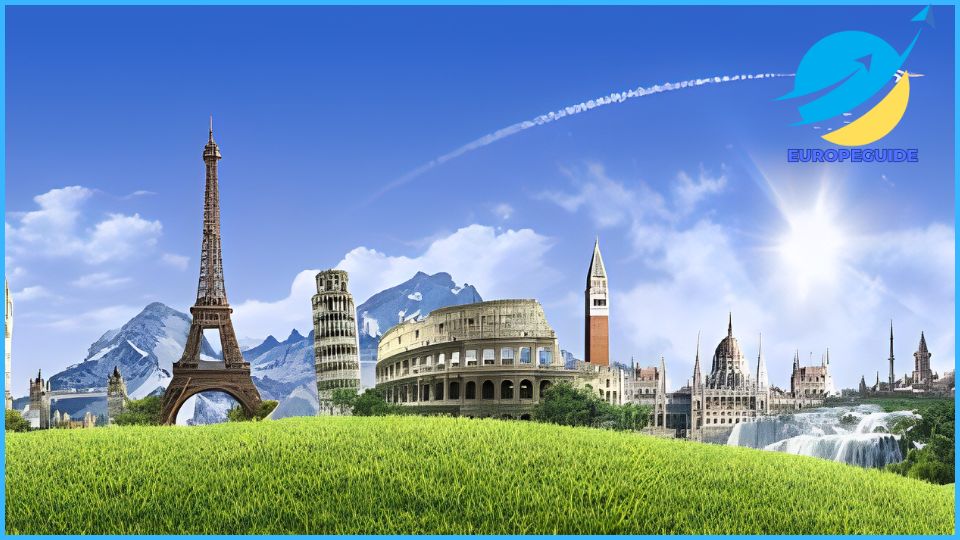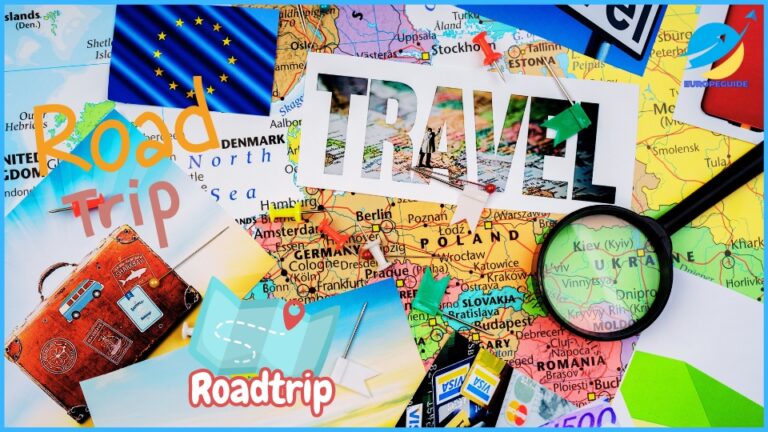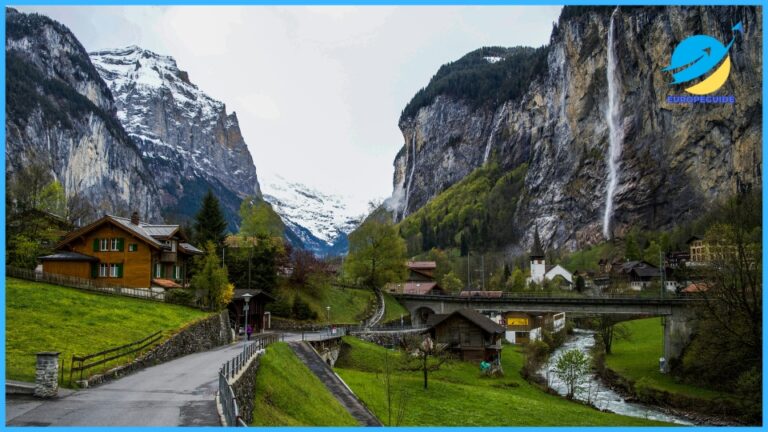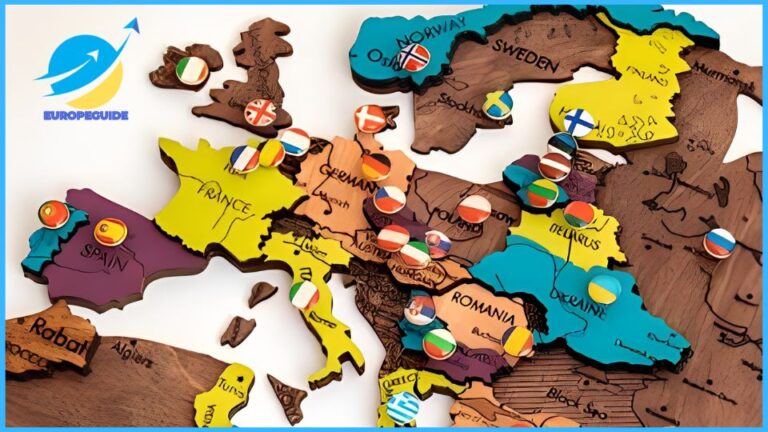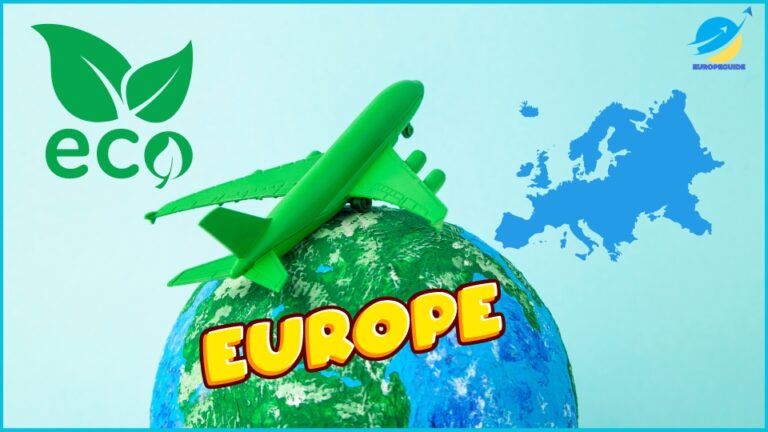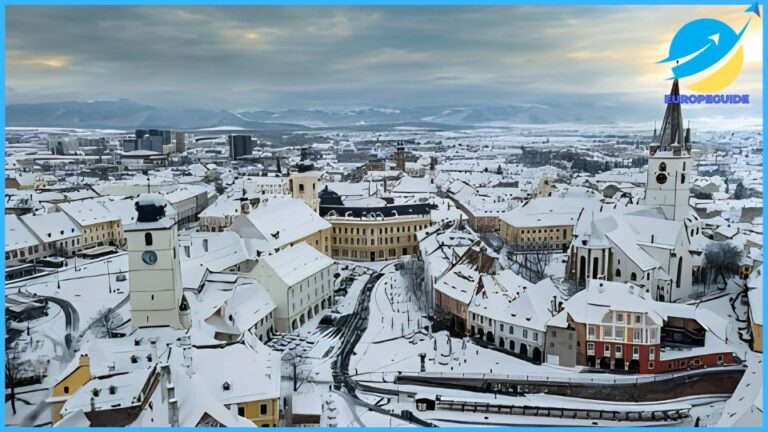Exploring the Rich Tapestry of Tourism in Europe
Europe, with its diverse cultures, historic landmarks, and breathtaking landscapes, stands as a premier destination for travelers seeking a tapestry of experiences. The continent’s tourism industry is a dynamic force, attracting millions of visitors each year. From the sun-soaked beaches of the Mediterranean to the snow-capped peaks of the Alps, Europe offers a kaleidoscope of possibilities for every type of traveler.
Historical and Cultural Gems:
One of the primary draws of European tourism is its rich history and cultural heritage. Cities like Rome, Paris, and Athens are living museums, boasting ancient ruins, iconic landmarks, and centuries-old art and architecture. Visitors can marvel at the Colosseum’s grandeur, stroll through the Louvre’s vast galleries, or wander the charming streets of Prague to discover the essence of European history and culture.
Natural Wonders:
Beyond its historical treasures, Europe boasts an array of natural wonders that captivate the hearts of nature enthusiasts. The Norwegian fjords, the Swiss Alps, and the Scottish Highlands offer stunning landscapes that change with the seasons, providing a backdrop for outdoor activities such as hiking, skiing, and wildlife spotting. Europe’s commitment to preserving its natural beauty ensures that visitors can experience unspoiled landscapes and biodiversity.
Culinary Delights:
European cuisine is a journey in itself, with each region offering a unique culinary experience. From the delectable pastries of France to the hearty dishes of Germany and the seafood delights of Spain, gastronomy plays a central role in European tourism. Travelers can embark on a culinary adventure, sampling local delicacies, exploring farmers’ markets, and savoring the diverse flavors that define each country’s culinary identity.
Diverse Festivals and Events:
Europe hosts an array of festivals and events throughout the year, showcasing the continent’s vibrant cultural scene. From the famous Oktoberfest in Germany to the lively Carnivals of Venice and Rio de Janeiro, these events attract tourists seeking to immerse themselves in the local traditions, music, and celebrations that define the spirit of each region.
Ease of Travel:
Europe’s well-developed transportation infrastructure makes it easy for tourists to explore multiple countries in a single trip. High-speed trains, budget airlines, and an extensive network of roads connect major cities and picturesque towns, allowing visitors to efficiently navigate the continent. The Schengen Agreement further facilitates borderless travel across many European countries, offering a seamless experience for tourists.
Challenges and Sustainability:
While tourism brings economic benefits, it also poses challenges such as overcrowding and environmental impact. European countries are increasingly adopting sustainable tourism practices to balance the economic benefits with the need to preserve their natural and cultural assets. Initiatives such as eco-friendly accommodations, responsible tourism campaigns, and conservation efforts are becoming more prevalent to ensure a positive and sustainable tourism future.
Emerging Trends in European Tourism:
Digital Transformation: The tourism industry in Europe is undergoing a digital revolution, with the widespread use of technology to enhance the visitor experience. Mobile apps, virtual reality guides, and online platforms provide tourists with real-time information, interactive maps, and personalized recommendations, transforming the way people plan and experience their trips.
Culinary Tourism Boom: Culinary tourism is on the rise in Europe, with travelers increasingly seeking authentic food experiences. Food tours, cooking classes, and visits to local markets have become popular activities. European cities are celebrated for their diverse culinary scenes, reflecting a trend where tourists are not just visiting destinations but savoring the local flavors.
Niche and Adventure Tourism: Beyond traditional sightseeing, there is a growing demand for niche and adventure tourism. From biking through the vineyards of Tuscany to exploring the Arctic Circle, tourists are seeking unique and off-the-beaten-path experiences. European destinations are diversifying their offerings to cater to adventure enthusiasts, eco-travelers, and those looking for immersive, unconventional experiences.
Wellness and Sustainable Travel: The wellness tourism sector is thriving in Europe, with a focus on spas, wellness retreats, and eco-friendly accommodations. Travelers are increasingly conscious of their ecological footprint, and European destinations are responding by promoting sustainable practices, eco-tourism initiatives, and responsible travel choices.
Cultural Exchanges and Community Tourism: Travelers are showing a growing interest in cultural exchanges and community-based tourism. Instead of just observing, visitors seek to actively engage
with local communities, participate in cultural events, and contribute to sustainable development projects. This trend fosters a deeper understanding of the local way of life and creates positive social impacts.
Challenges and Opportunities:
Overtourism: Some popular European destinations are grappling with the challenges of overtourism, where the sheer volume of visitors threatens the sustainability and quality of life for locals. Destinations are implementing measures such as visitor caps, infrastructure improvements, and community engagement initiatives to address this issue.
Post-Pandemic Recovery: The COVID-19 pandemic significantly impacted European tourism, leading to temporary closures, travel restrictions, and economic challenges. The industry is now in a phase of recovery, with a focus on implementing health and safety measures, promoting domestic tourism, and gradually reopening to international visitors.
Cultural Heritage Preservation: The preservation of cultural heritage sites is a critical concern. European countries are investing in conservation efforts, implementing visitor management strategies, and leveraging technology to ensure that historic landmarks are protected for future generations while still being accessible to tourists.
Climate Change Resilience: Climate change poses a threat to some of Europe’s natural attractions. Destinations are taking steps to address environmental challenges, including sustainable tourism practices, renewable energy initiatives, and awareness campaigns to encourage responsible traveler behavior.
Innovation and Technology Integration:
Smart Tourism Cities: European cities are increasingly adopting smart technologies to enhance the overall tourist experience. From smart transportation systems and digital wayfinding to augmented reality applications, cities are leveraging technology to provide seamless navigation, real-time information, and interactive experiences for visitors.
Blockchain in Tourism: Some European destinations are exploring the potential of blockchain technology to improve transparency and security in the tourism sector. Blockchain can be used for secure and transparent transactions, authentication of travel documents, and ensuring the integrity of data related to bookings and itineraries.
Artificial Intelligence (AI) in Hospitality: AI is transforming the hospitality sector in Europe, with chatbots, virtual assistants, and automated services becoming integral to the guest experience. Hotels and travel agencies are utilizing AI to personalize recommendations, streamline booking processes, and provide responsive customer service.
Virtual Tourism: Virtual reality (VR) and augmented reality (AR) technologies are offering new ways for travelers to explore destinations from the comfort of their homes. European tourism boards and businesses are creating virtual experiences, allowing potential visitors to preview destinations, attractions, and accommodations before making travel decisions.
Crisis Management and Resilience:
Pandemic Preparedness: The COVID-19 pandemic highlighted the importance of crisis management in the tourism industry. European countries are investing in pandemic preparedness plans, health infrastructure, and clear communication strategies to ensure a more coordinated and effective response to future crises.
Diversification of Source Markets: To mitigate the impact of geopolitical and economic uncertainties, European destinations are diversifying their source markets. Instead of relying heavily on one or two major markets, countries are actively promoting tourism from a wider range of regions, contributing to a more resilient and adaptable industry.
Collaborative Tourism Initiatives: European nations are increasingly collaborating on tourism initiatives to create regional attractions and interconnected travel experiences. Joint marketing campaigns, cross-border tourism routes, and collaborative events are fostering a sense of unity and encouraging tourists to explore multiple destinations within a specific region.
Adaptive Infrastructure Development: European countries are investing in adaptive infrastructure to accommodate changing travel patterns and preferences. This includes the development of eco-friendly transportation options, cycling, and pedestrian-friendly urban planning, and the integration of sustainable technologies in tourist facilities.
Future Trends and Prospects:
Space Tourism: While still in its infancy, the concept of space tourism is gaining attention. European space agencies and private companies are exploring the possibilities of commercial space travel, offering a new frontier for adventurous travelers seeking a unique and awe-inspiring experience.
European tourism is at the cutting edge of innovation, embracing technology and adapting to changing trends and challenges. Europe is a dynamic and ever-changing tourism destination due to the industry’s resilience, commitment to sustainability, and ongoing efforts to improve the visitor experience.

